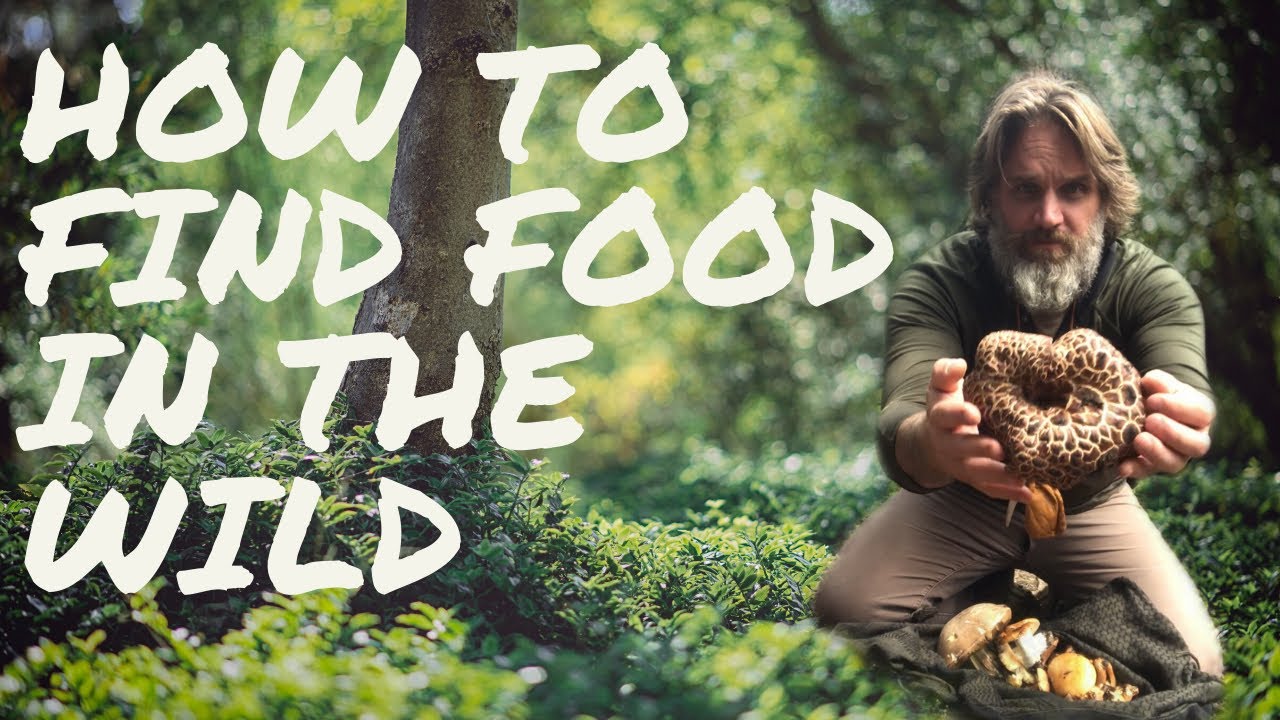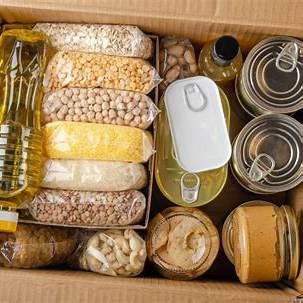Surviving in the forest requires knowledge of edible resources and the skills to procure them safely. This guide provides a comprehensive approach to finding food in the wild, drawing from both traditional practices and modern survival techniques.
- Understanding the Basics of Foraging
Identify Edible Plants:
- Berries: Aggregate berries like raspberries and mulberries are generally safe. However, avoid white, yellow, and green berries, as they are often toxic.
- Greens: Plants such as dandelion, clover, and wild mustard are edible. Ensure accurate identification before consumption.
- Nuts and Seeds: Acorns, after proper leaching to remove tannins, can be a valuable food source.
Caution: Never consume a plant unless you are 100% certain of its identity.
- Hunting and Trapping Small Game
Setting Traps:
- Snares and Deadfalls: Effective for catching small mammals like rabbits and squirrels.
Tracking:
- Signs: Look for animal tracks, droppings, and feeding signs to locate game.
Safety: Ensure you are familiar with local wildlife regulations and safety precautions.
- Fishing for Sustenance
Methods:
- Hand Fishing: In shallow streams, fish can sometimes be caught by hand.
- Improvised Tools: Use sharpened sticks or crafted spears to catch fish in clear waters.
Considerations: Be aware of local fishing laws and potential hazards in the water.
- Insect Consumption
Edible Insects:
- Grasshoppers and Crickets: High in protein; remove legs and wings before consumption.
- Ants: Boil before eating to neutralize formic acid.
Avoid: Brightly colored or hairy insects, as they may be toxic.
- Utilizing Trees and Plants
Cattails:
- Edibility: Young shoots and rhizomes are edible after proper preparation.
Conifers:
- Needles: Rich in vitamin C; can be brewed into tea.
Note: Proper identification is crucial to avoid consuming toxic species.
- Gathering Eggs
Bird Eggs:
- Collection: Found in nests; ensure the species is not protected.
Preparation: Cook thoroughly to eliminate potential pathogens.
- Safety and Ethical Considerations
- Avoid Polluted Areas: Stay clear of roadsides and industrial zones when foraging.
- Sustainable Harvesting: Take only what you need to preserve the ecosystem.
- Legal Compliance: Be aware of and adhere to local laws regarding foraging and hunting.
Final Thoughts
Surviving in the forest requires a combination of knowledge, skill, and respect for nature. By understanding edible resources and practicing sustainable harvesting, you can find nourishment in the wild.






